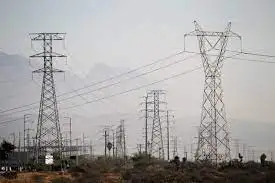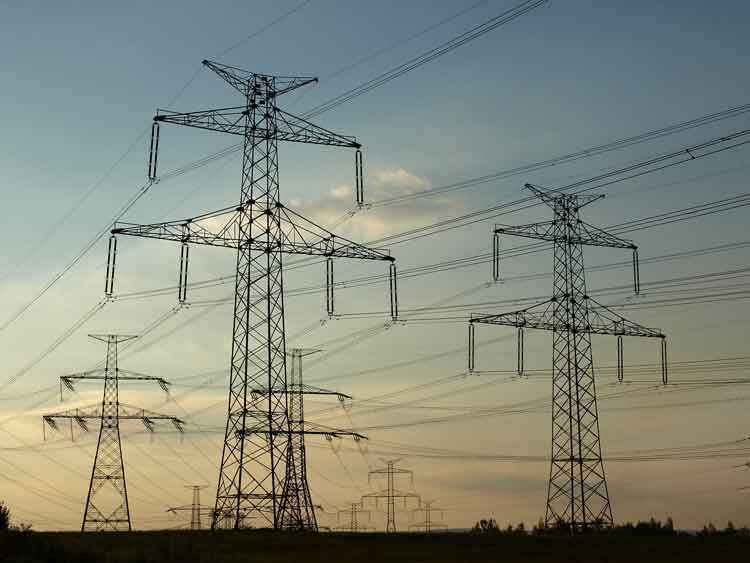Ohio is likely home of new-generation nuclear plant
By The Plain Dealer
Substation Relay Protection Training
Our customized live online or in‑person group training can be delivered to your staff at your location.

- Live Online
- 12 hours Instructor-led
- Group Training Available
Plans were announced in Piketon, a south-central Ohio community that already played a role in nuclear power, enriching uranium at USEC Inc.'s gaseous diffusion plant from 1954 to 2001 before operations were consolidated elsewhere.
Duke Power Co., a major regional utility, will announce it plans to erect a new electricity-producing nuclear reactor on the government-owned site, in conjunction with USEC and French-based reactor manufacturer AREVA, according to multiple sources.
Gov. Ted Strickland, U.S. Sen. George Voinovich and U.S. Rep. Jean Schmidt plan to be there, along with numerous corporate executives. But their offices, as well as representatives from Duke, AREVA and USEC, did not want to comment before the announcement.
The project, which could employ 4,000 during construction in an area of the state beset with unemployment, would probably take about a decade to complete, starting with approval required by the Nuclear Regulatory Commission. The plant would produce about 1,600 megawatts, creating a massive supply of energy in a state that now relies heavily on coal.
The Nuclear Energy Institute, a trade group for the industry, says 1,600 megawatts could provide power to about 1 million homes. AREVA's pressurized water reactor design is already being considered for certification by the NRC in conjunction with plans for a new Constellation Energy nuclear plant near Lusby, Md.
The Ohio site, which already has transmission lines and a water supply because of USEC's prior operations, could accommodate a second reactor later, a source said. But unless coal is ultimately banned — an unlikely prospect politically — Ohio does not need a new power plant to meet its energy demands, so it seems likely the power generated at the Piketon plant would be sold off and shipped elsewhere in the nation's energy grid.
The proposed Piketon plant would be the third nuclear power plant built in Ohio — and the first since Lake County's Perry Nuclear Power Plant came on line in November 1987.
The announcement comes as Congress is debating ways to cut greenhouse gas emissions. The United States gets only about 20 percent of its electricity from nuclear power.
Nuclear power proponents such as Voinovich point to France's heavy reliance on nuclear as a safe, carbon-free solution to energy needs and global warming.
But critics note that no state in this country has been willing to accept the risk of keeping spent nuclear fuel forever, even if stored in protective casks. The current generation of 103 nuclear plants in the United States were built with an expectation that a nuclear depository such as Nevada's Yucca Mountain would ultimately take the spent fuel rods. That hasn't happened.
Nuclear energy executives say there is no risk in keeping the spent fuel underground at existing sites. Critics don't believe it.
There's also the question of price.
Ned Ford, an energy consultant for the Sierra Club's Ohio chapter, said building a power plant capable of producing 1,600 megawatts would be "wildly expensive."
He said Ohio's pair of nuclear-powered plants have soaked ratepayers in northern Ohio as cost overruns have haunted the Perry Nuclear Power Plant and Davis-Besse in Oak Harbor over the past two decades.
"That has come out of the pockets and hides of ratepayers in northern Ohio," Ford said. "You had a brief mini-recession up there because you tried to use nuclear power instead of coal."
However, Ford acknowledged that a new generation of nuclear power is safer than the older designs already in place in northern Ohio.
"They will be safer than those (Davis-Besse and Perry) older plants, but they will still produce radioactive waste and cost many times what those plants cost," he said.











